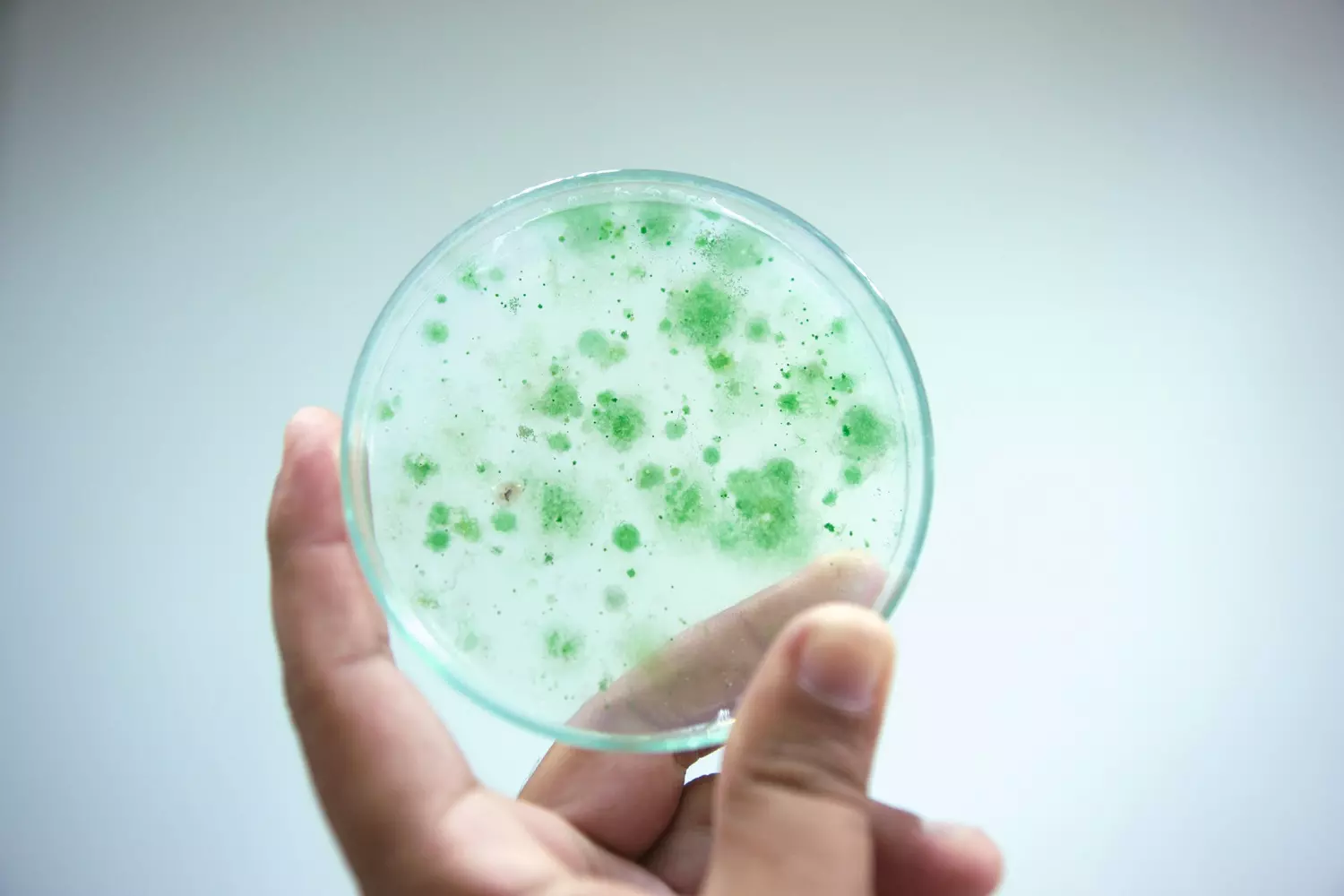[Originally published as No, These Researchers Did Not See a Single-Celled Organism Evolve Into A Multicellular Organism!]
A student sent me an article from Science Alert, asking me about its rather bold claim:
Scientists Have Witnessed a Single-Celled Algae Evolve Into a Multicellular Organism…Most of us know that at some point in our evolutionary history around 600 million years ago, single-celled organisms evolved into more complex multicellular life. But knowing that happened and actually seeing it happen in real-time in front of you is an entirely different matter altogether. And that’s exactly what researchers from the George Institute of Technology and University of Montana have witnessed – and captured in the breathtaking, time-lapse footage below.
Over the course of my scientific career, I have learned that many science journalists are terrible at science and not much better at journalism, so I did what I always do when I read about science in the popular press: I found the scientific article upon which it was based. Not surprisingly, the study didn’t do what the article claims. It did find one interesting result, however.
The study examined the behavior of a green algae in the species charmingly named Chlamydomonas reinhardtii. In the wild, these algae exist as individual, single-celled organisms. In the lab, the researchers exposed some of them to a natural predator (Paramecium tetraurelia) and found that the algae would come together and form colonies, since that made them less likely to be eaten by the predator. In other words, several individual single-celled organisms would “team up” to gain protection from the predator.
This is not surprising, and it is not a new result. Indeed, other researchers noted this behavior four years ago. Interestingly enough, they found that the algae didn’t even need to be in the same species to “team up.” They also saw that when the predator was removed, the algae went back to their single-celled form. Technically, this is called facultative multicellularity, and it is seen in many single-celled organisms. They prefer to live life as individuals, but when they have to, they come together to help one another out.
Here is where the new study is different. When they removed the predator, the cells stayed together. They even reproduced together. Indeed, the researchers report that even though the predator was removed four years ago, the cells have stayed in groups and reproduced in groups. As a result, they say they have produced an obligate multicellular form of the organism: one that stays together even when it could split into individual cells again.
I am skeptical that this is the case. Most likely, there is no selective advantage to these algae reverting back to their single-celled form in this artificial environment, so it doesn’t happen. Instead, the algae continue to behave the way they were behaving when the predator was present. I would suspect that if these organisms were put in the wild (or even a more freely-changing artificial environment), they would revert back to single-celled organisms when that produced an advantage over the group form.
However, let’s give the researchers the benefit of the doubt. Let’s say that even in the wild, this group of algae stays a group and is therefore truly an obligate multicellular form of the algae.
Does this tell us anything about the origin of multicellularity?
No. All it shows is that single-celled organisms which already tend to clump together in groups when the need arises will sometimes stay in groups, even when the initial reason for the formation of the group is gone. While this is interesting, it tells us nothing about how multicellular life might have formed. It might tell us how colonies of single-celled organisms (which exist in abundance today) formed, but that is all.
Multicellular organisms are not just colonies of single-celled organisms. Multicellular organisms have cells that split the tasks of the organism and communicate with one another to make sure all the tasks are being performed and being performed properly. That is a lot different from a colony of single-celled life forms that all do the same thing but just group together because there is strength in numbers.
If evolution in the flagellate-to-philosopher sense is true, there must have been a transition between single-celled organisms (or colonies of single-celled organisms) and multicellular organisms. It would require the evolution of cellular specialization, sophisticated cellular communication, and many other genetic innovations, none of which are needed to explain the results of this study. Thus, while this study is interesting in the sense that it might have produced a stable colonial version of a single-celled organism, it tells us nothing about how multicellular organisms formed.







Good response to typical evolutionary stretching of observations and definitions! There’s quite a difference between a trait being truly “obligate” (a necessary part of the creature’s survival) and something which is habitual — the algal cells would probably survive as individuals as well as in colonies. A similar study and claim was made for Chlorella vulgaris years ago. Apparently even the evolutionists didn’t find that very convincing and have been looking for other algae to provide a better case.
Similarly, a study of yeast (again in special laboratory conditions) claimed to have observed the origin of specialization in yeast. In truly multi-cellular organisms, cells can be very different and play special roles in different functions of the organism, and generally cannot survive long as individuals. In the yeast, the “specialization” amounted to no more than some cells dying before the others, allowing other cells to break away from the colony and form new colonies of their own. It wasn’t clear if this was something truly new, or even if the cells had died from internal activity or the stresses of their location in the colony. I haven’t heard any further reports or developments from that study, either.
Evolutionists used to ask, If you believe things can change from one generation to the next, what’s stopping them from evolving into something very different? However, I think they are beginning to realize, or knew it all along, that change isn’t a simple thing that can grow like the number of grains of sand in a sand dune, or the drops of water in an ocean. There are many different kinds of changes, and the ones we observe in these studies are not the kinds of changes that need to be able to happen if all life evolved from microbes.